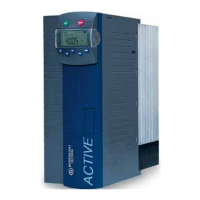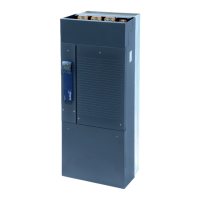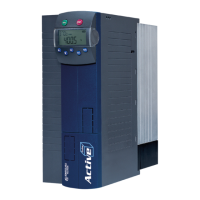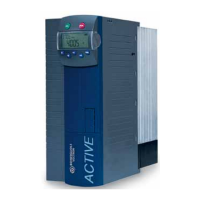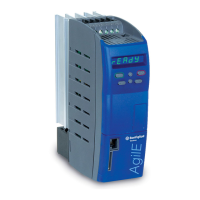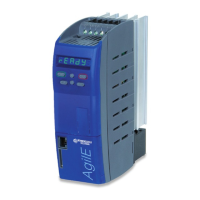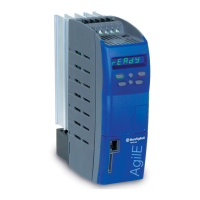06/0516
5 Load detection for hoist application and luffing jib cranes
The present documentation supplements the operating instructions for applications
with an extended activation of a holding brake and the function for automatic load
detection in hoist application and luffing jib cranes.
The application manual documents the additional functionality of the frequency invert-
ers in the software confi
gurations 160, 260 and 460. These configurations supplement
the configurations 110, 210 and 410, which are described in detail in the operating
instructions.
5.1 Load detection for hoist application
The function for load detection for hoist application is activated by the parameter Op-
eration mode LS
822. In the factory setting, the Load Estimate (LE) operating mode
is set to zero, i.e. switched off. To activate the load detection for hoist application,
operation mode 1 or 3 must be selected.
Operation mode Function
1 -
Load estimate hoist appli-
cation
The permitted maximum frequency will be adjusted
by the detected load and the
Current Limit 818.
The current after the acceleration will be ob-
served.
2 -
Load estimate luffing jib
crane
Like 1 to start with. Then modification of the per-
mitted maximum frequency, with the result that the
adjustable maximum torque-forming reference cur-
rents of the parameters 819, 820 and 821 are
complied with.
3 -
Load estimate hoist appli-
cation
The permitted maximum frequency will be adjusted
by the detected load and the
Current Limit 818.
The current during the acceleration will be ob-
served.
4 -
Load estimate luffing jib
crane
Like 3 to start with. Then modification of the per-
mitted maximum frequency, with the result that the
adjustable maximum torque-forming reference cur-
rents of the parameters 819, 820 and 821 are
complied with.
For the load estimate, the
Mechanical time constant 811 and the system constant
Turns per meter 812 must be known. With the help of these parameter figures, the
load estimate calculates the load in the lifting application during the acceleration. It is
related to the rated torque of the machine and displayed by the actual figure
Esti-
mated load
243.
In the basic speed area, the current load or torque relative to the rated torque is addi-
tionally displayed with the actual figure
Load 242. The permitted maximum speed is
determined from the estimated load.
The maximum speed can be scaled via two parameters.
• Parameter I limit 818
Current with which the load detection calculates the permitted maximum speed.
• Parameter
Pull-out torque at Fmax 816
The pull-out torque relative to the rated torque of the asynchronous machine ad-
missible at the maximum frequency.
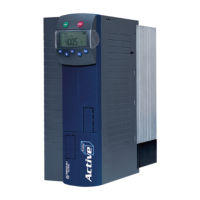
